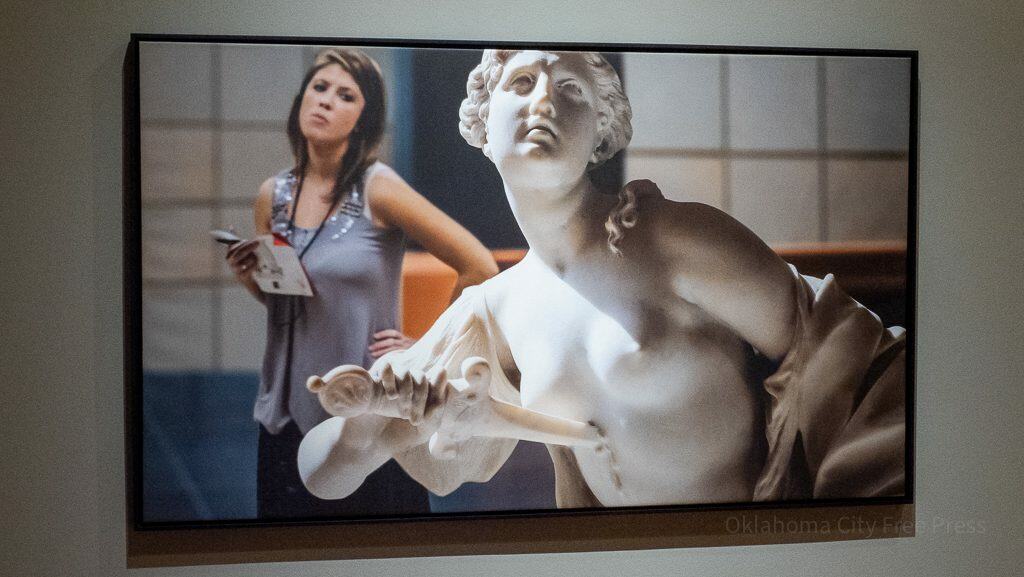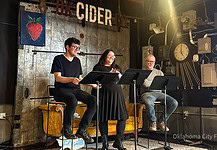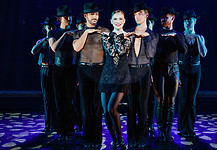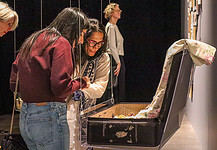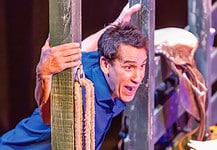Last Updated on October 14, 2022, 7:54 PM | Published: October 14, 2022
A good artist is able to guide and direct their audience to ensure the experience they intend.
A great artist, many would argue, is able to create works that entirely resist intended experience, instead presenting itself differently and singularly to every individual that sees it, with no attempt made at all to control the audience’s reaction.
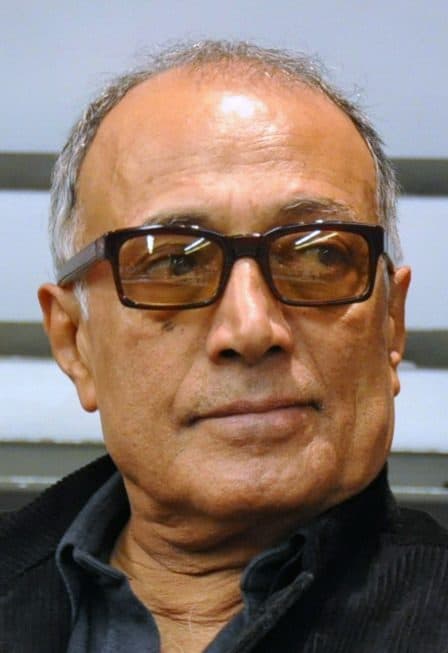
It’s only a true visionary, then, that centers the majority of their work on capturing that individual, wholly subjective experience itself and then presenting that as the art to their audience.
Iranian iconoclast Abbas Kiarostami is that visionary.
During his life, Kiarostami continuously found new and shockingly creative ways to explore the relationship between art and audience, often attempting to capture or even manufacture the moment of experience itself.
Though primarily regarded (even by living legends such as Martin Scorsese) as one of cinema’s greatest filmmaking masters, Kiarostami’s work wove film, photography, digital art, drawing, and conceptual art all into a single body and a lifetime of visual expression.
Opening this weekend, Oklahoma City Museum of Art is giving visitors a chance to experience Kiarostami’s remarkable body of work with “Abbas Kiarostami: Beyond the Frame,” bringing together short-form film installations, experimental photography, poetry, and a selection of his movie works in the museum theater for a groundbreaking multimedia exhibition.
A Lifetime
Growing up in Iran before the Islamic Revolution of the late 70s, Kiarostami began his artistic journey before “Western” influence became taboo, allowing him ample time to begin developing a worldly curiosity and visual eye apparent even in his earliest works.
Though this young, exploratory period is represented in the collection – including a laid-out printing of a children’s book and a children’s film focusing on identifying colors – the exhibit begins outside of chronology with back-to-back black-and-white filmic experiments bookending the artist’s life.
Screening just outside the exhibit entrance, “The Bread and Alley” was Kiarostami’s first foray into filmmaking, capturing the exceptionally simple tale of a boy, a feral dog, and a scrap of food.
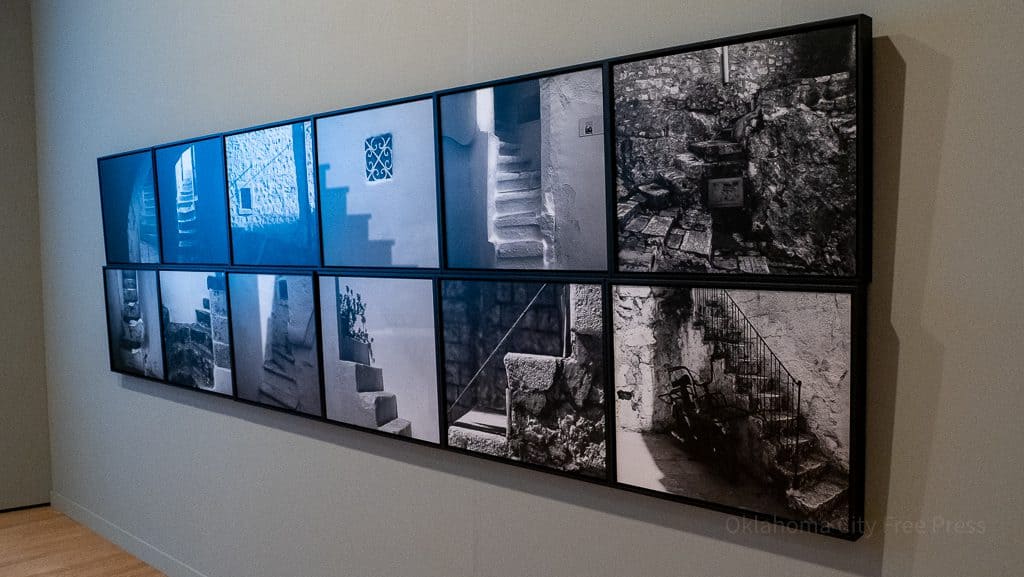
Just inside the entrance, guests are met with “Take Me Home,” one of the artist’s last ever assemblies, consisting of sixteen minutes of still photographs of staircases and a single animated soccer ball descending further and further beyond spatial realism or possibility.
This arrangement of works provides what might be a perfect introduction to Kiarostami’s world. His art, no matter the medium, was often concerned with juxtaposition and imperceptible distances across time, among people, or between art and audience.
The exhibit opening with a single doorway between the beginning and ending of his artistic life might be the best possible primer for the world you’re about to explore.
Doors, Steps, Beds, and Faces
Though Kiarostami’s work is often concerned with the inner life of the mind and the deepest mysteries of the human world, his artistic preoccupations were often focused on the most stark, simplistic imagery.
A large section of the exhibit is devoted to his decades-long photographic exploration “Doors Without Keys,” a collection of life-sized closed doors Kiarostami photographed all over the world, often subtly, carefully manipulated to include locks and keyholes preventing entry. Each door may be striking in its weathered look or welcoming quaintness, but each is shut and locked, leaving the viewer with only the mystery of what lies behind.
Similarly, the film “Sleepers,” projected directly onto the floor in the center of its own small room, presents a couple sleeping quietly, but fitfully, in their bed. Viewers have no way of knowing what they might be dreaming, or what is happening with the muffled, far-off sounds from outside their bedroom. Only the mystery of the mundane remains.

All of these presentations – the photos of steps beside the animated film that features them, the surreal maze of locked doors, the video of a sleeping couple flattened onto the floor in front of you – place the audience’s own experience of the piece at the forefront. You know that the steps in the video are still photographs, because you’re standing right beside them, but in the film, you can perceive them moving and lifelike.
You know the doors are flat, two-dimensional photos, but the lighting and soft, ambient noise make you believe that you could reach out to turn the knobs. You know the sleeping couple is a projected film, but everyone falls silent and whispers when entering the room so as to not wake them.
It’s clear that Kiarostami wanted the audience’s own minds and perceptions to be at the center of his works, not simply the imagery itself.
Never in the exhibit is this more clear than in the 2008 film experiment “Shirin,” featuring a series of close-ups of Iranian women in a darkened theater watching and reacting to a non-existent movie allegedly recounting the tragedy of “Khosrow and Shirin.”
The museum has brilliantly arranged the exhibit so that before you enter the room to watch “Shirin,” you are first met with the documentary “Taste of Shirin,” showing you exactly how Kiarostami directed these actresses individually to appear as if they are watching a tragic romance on screen. And yet, when you enter the next room to see the finished film showing only the women’s faces, it’s impossible to not believe that they are in a real theater watching a real movie.
Timeless and Timely
As if to punctuate Kiarostami’s belief in capturing the human experience of art over the art itself, “Beyond the Frame” culminates beautifully with the collection “Regardez-moi,” a vast selection of photo-manipulations capturing modern spectators against classic artworks on museum walls.
Here, Kiarostami is able to best capture that simple, pure moment of experience, sometimes with an anonymous, modern figure admiring a masterwork, and sometimes a blurred, disinterested person openly ignoring a painting, with the art seeming to look on or reach out longingly.
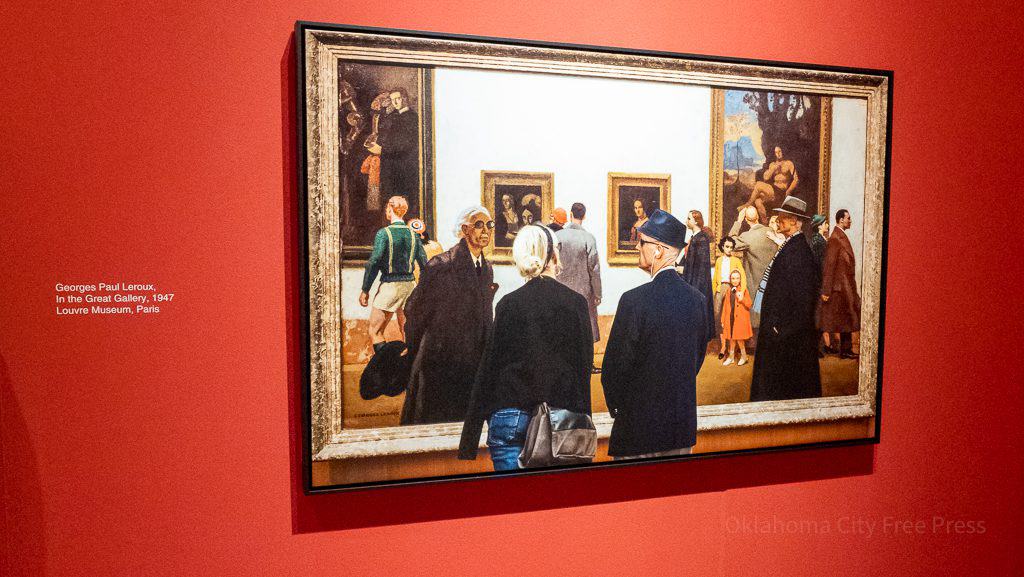
He peppers this huge photographic collection with silent, subtle connections and visual jokes, often drawing the kind of time-flattening parallels that recall the exhibit’s own opening with his first and last films only barely separated.
This section of the exhibit also allows a few glimpses into the most sadly relevant and timely issue on display.
Though “Beyond the Frame” has been planned and developed since 2019, its opening right now, amidst Iran’s worsening violence and increasing protests for women’s freedom, adds a possibly unintended element to the experience.
Perhaps the most striking piece in the “Regardez-moi” portfolio depicts the hijab-covered head of an Iranian woman gazing at the 1631 painting “Venus and the Three Graces Surprised by a Mortal,” in which a group of fully nude women lounge comfortably and without care. Though the stark contrast was surely Kiarostami’s intention, the worldly context of the protests over hijabs in which we view the piece right now could not have been foreseen.
Beyond the Frame
As one of the largest and most sprawling exhibitions that OKCMOA has ever hosted, “Abbas Kiarostami: Beyond the Frame” represents a landmark addition to the city’s artistic history.
Not only is this the first major American presentation of Kiarostami’s work since his death, but this is also one of the most fully encompassing exhibitions that the museum has ever seen. The entire third floor is dedicated to a single exhibit for the first time ever, and OKCMOA staff have worked closely with The Kiarostami Foundation and even the artist’s own son to present a stunningly thorough look at the visionary’s entire life’s work.
“Abbas Kiarostami: Beyond the Frame” opens at OKCMOA Saturday, October 15th and runs until April 2023. Throughout that time, the Noble Theater will be screening an evolving retrospective of Kiarostami’s films, including a selection of both internationally acclaimed features and short works.
For schedules, tickets, and more information, visit okcmoa.com.
Brett Fieldcamp has been covering arts, entertainment, news, housing, and culture in Oklahoma for nearly 15 years, writing for several local and state publications. He’s also a musician and songwriter and holds a certification as Specialist of Spirits from The Society of Wine Educators.
